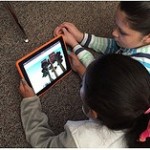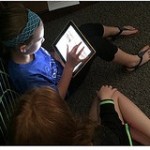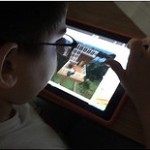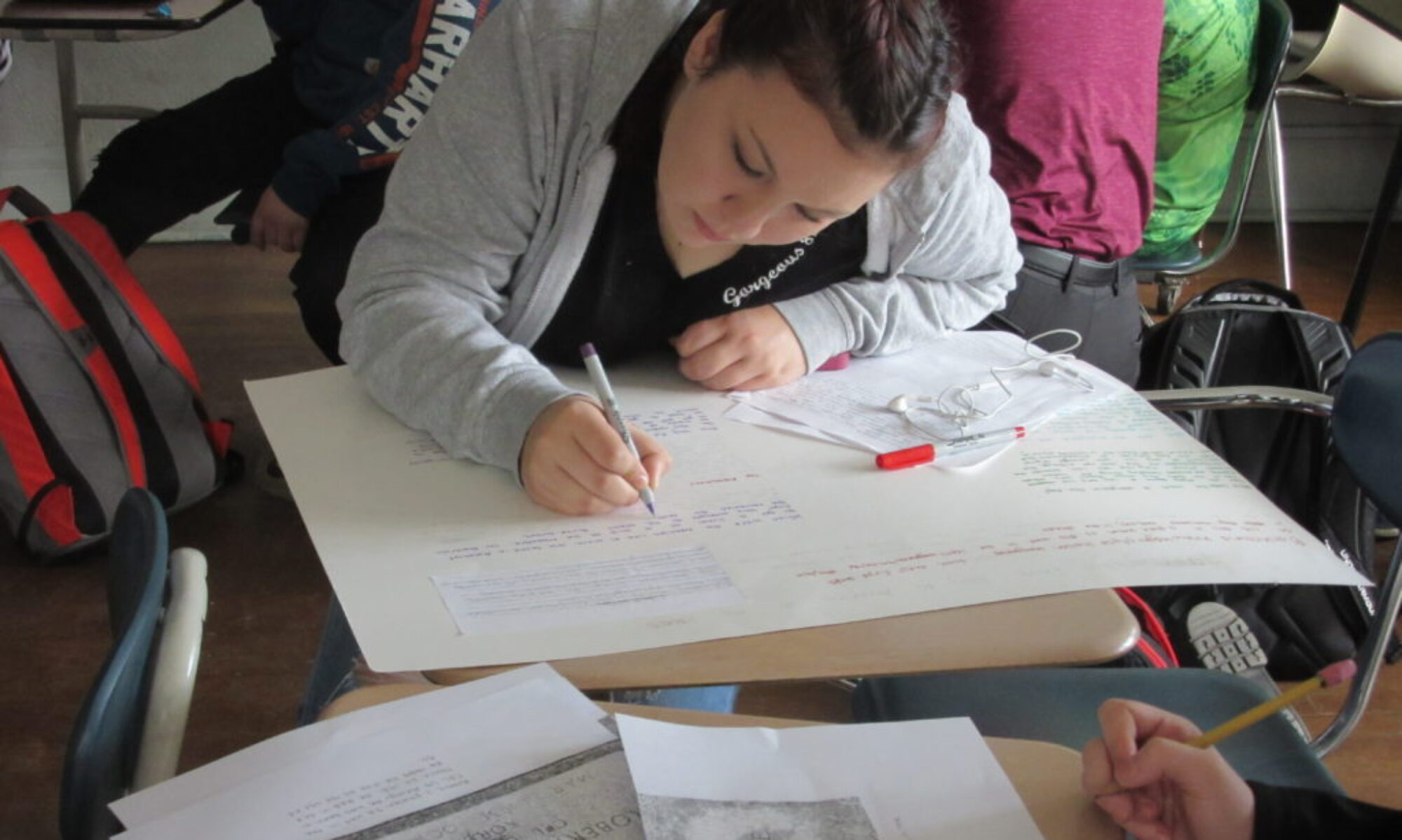Who decides the acceptable ways to use devices in your school?

You’ve jumped through the hoops, filled out the paperwork, located the three missing chargers and managed to agree on a set of apps and a management system. But what will expectations around tech device usage look like? Will they stay in classrooms? Go home? Hop in a circle and do spoken-word?
Let’s tackle establishing behavior expectations in a 1:1 rollout.
Step one: involve your students as stakeholders
At ASIJ High School (American School in Japan), students and educators together drafted the device expectations for their 1:1. And BOOM, here it is: ASIJ’s Acceptable Use Agreement. You know, the one they drafted together as educators and students?
But don’t limit your work together to the beginning of the year: What about recruiting students to a panel or council that meets periodically throughout the year to help tackle new issues as they come up?
Ah, I LOVE the smell of collaboration in the morning.
Next step: set expectations for devices inside the classroom

You can totally relax, other people have done this before, and you can cherry-pick from what they’ve learned.
Brad Gurgel has some Essential rules for effectively using iPads in middle school classrooms, including the inevitable Stay In The App We’re Working In, but also Turn Off Your Sound Unless Necessary, however Gurgel’s edict against the YouTube app is something you might want to toss on the table for discussion, as the channel can be both a powerful library of video resources and a terrible time-sucking vortex of inappropriateness. Discuss.
Mr. Mo has some great tips for managing devices in an iPad classroom, including:
Communicate your expectations about iPad-use at the beginning of every task. Simply saying ‘I expect you to be working on this app until you submit the work and receive my feedback’ will keep most students on-task. Also, talk to them about trust and how you ‘trust’ that they know what they should be doing. I would also advise teaching a clear non-verbal signal that means ‘put your iPads down and give me your full attention’. Ringing a bell three times, for example, is the signal I use.
But also somewhat more essentially many of Mr. Mo’s tips involve empowering students to take responsibility for their behavior with the devices and giving them choices around how to respond to tasks using their iPads that make the best use of their learning styles.
If a student is disengaged from a task and seems to be easily distracted, ask them for reasons. It might be that he/she doesn’t want to type an essay using Pages, but rather prepare a screencast using ShowMe? It might be that they prefer using another app that accomplishes the same thing you requested, not the app you recommended? Give the students options and choices about how they can go about and demonstrate their learning.
Talk it out
One way to tackle this massive question of device expectations in the classroom is by sitting down with your team and asking the following six questions:
- How do we want students to be accessing digital resources during class?
- What aspects of the device can be used to authentically engage students during class?
- What does successful, respectful, authentic engagement with content look like with a digital device?
- How can digital devices empower students to more successfully collaborate on learning?
- How can we set boundaries for digital device use in the classroom that respect learners as individuals?
- And how do the tenets of our school culture align with the successful digital device scenarios we’ve just outlined?
And by sitting down we mean that you and your team can all be at home on your back patios waiting for your tomatoes to ripen and using a tool like group Google Chat or Hangout, or just well-commented Google Doc to work through all of this.
Check out some examples of the concrete expectations established by other schools:
- Peoples Academy Middle Level iPad Behavior Expectations
- Hunt Middle School Expectations for Device Use
- Feed and Care of Your MacBook Air (catchy!)
Expectations for devices going home

…honestly is just a whole other ball of wax, tied as it is, so intrinsically to effective communication with families and bringing those families into the digital citizenship conversation.
Besides, your break is nearly over and being such an effective educator, you totally have 30 student blogposts to respond to still, and even though a third are videos and four are podcasts, that’s still going to take up the rest of lunch.
Who knew students could be so into blogging? (Except you, you clever educator you).


Establishing device behavior expectations in a 1:1 http://t.co/5bulXmtkds #edtech http://t.co/YVTr35LgSW
Establishing behavior expectations in a 1:1 http://t.co/9SDM3Gw5J3 via @innovativeEd
Establishing behavior expectations in a 1:1: Get your students involved http://t.co/igevud9IS6
Establishing behavior expectations in a 1:1 http://t.co/U33Uue2b00
Establishing behavior expectations in a 1:1 http://t.co/OURAJdGQIH via @scslearns